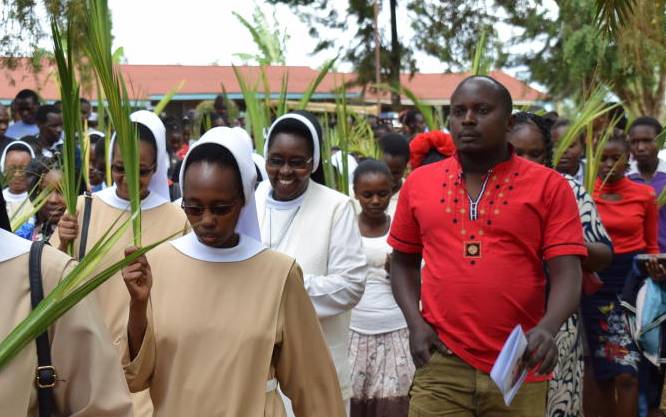×
The Standard e-Paper
Fearless, Trusted News

Catholics around the world are celebrating Palm Sunday. It encompasses a deviation from the normal celebrations due to the coronavirus penetrating various countries around the globe.
Doubts cloud the practice of processional walk with palm tree leaves as faithful stream into their local churches for the mass.